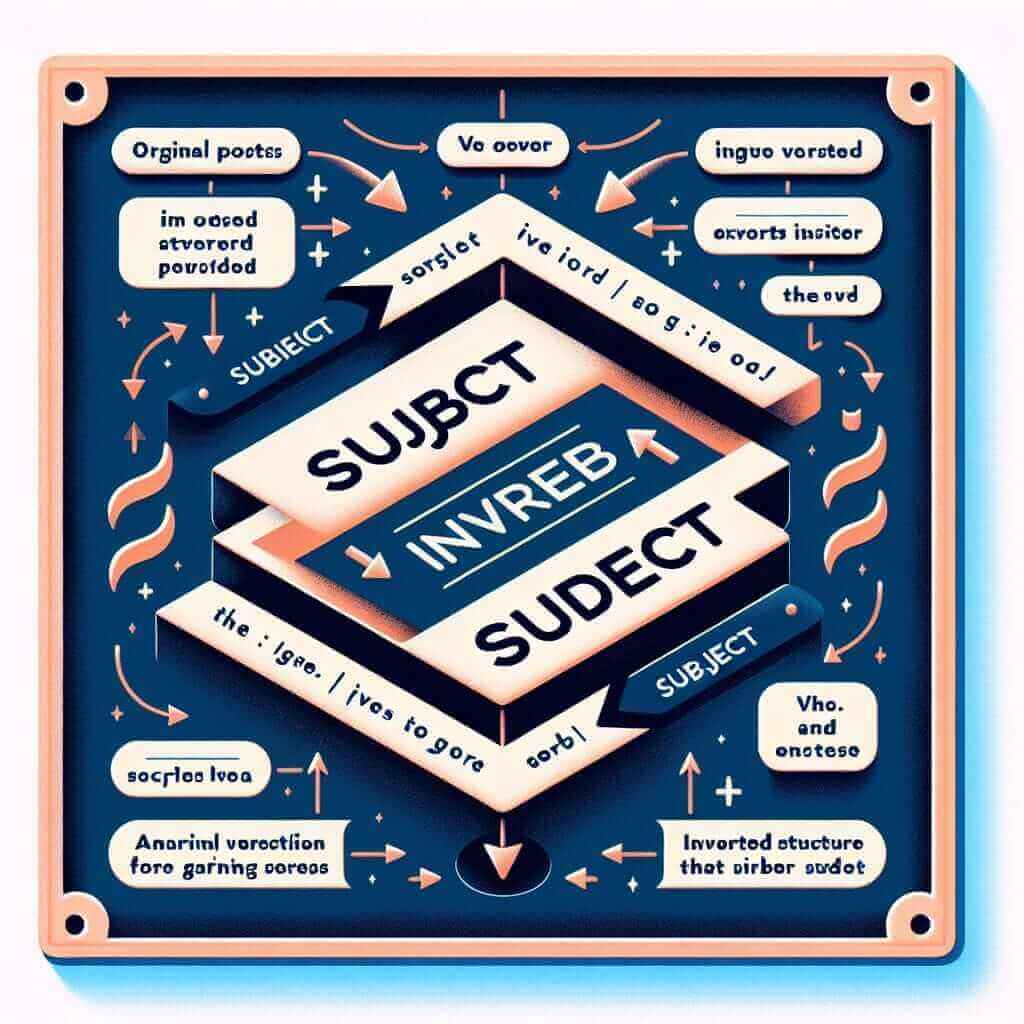Have you ever read a book so enthralling that you lost all track of time? If so, you might find yourself reaching for emphatic sentence structures like the one we’re about to explore. This structure, “So captivating was the story that I couldn’t put it down,” is not something you hear every day, but it can be incredibly effective in both spoken and written English, particularly in an IELTS exam where sophisticated grammar is a key factor in achieving a Band 7 or higher.
Let’s look at a few more examples of how this structure can be used:
- Speaking (Part 2): Describe a memorable book you’ve read. “So captivating was the story, with its intricate plot and compelling characters, that I found myself reading late into the night.”
- Writing (Task 1): Describe a graph showing an increase in book sales. “So dramatic was the rise in sales of mystery novels that it’s clear this genre is experiencing a resurgence in popularity.”
- Writing (Task 2): Discuss the importance of literature in society. “So profound is the impact of literature on our understanding of the human condition that it remains an essential part of a well-rounded education.”
In each of these examples, the sentence structure emphasizes the intensity of the adjective (“captivating,” “dramatic,” “profound”) by inverting the subject and verb. This inversion adds a touch of formality and sophistication to your language.
Deconstructing the Sentence: Understanding the Grammar
The sentence “So captivating was the story that I couldn’t put it down” uses a structure known as inversion. Inversion occurs when we reverse the usual order of subject and verb in a sentence, typically for emphasis or stylistic effect.
Formula and Grammatical Breakdown:
The basic formula for this type of inversion is:
So + adjective/adverb + auxiliary verb (be/do/have) + subject + that + clause
Let’s break down our example sentence:
- So captivating: This sets the scene and highlights the intensity of the adjective “captivating.”
- was: The auxiliary verb “was” agrees with the subject “the story.”
- the story: The subject of the sentence.
- that I couldn’t put it down: This is the result clause, explaining the consequence of the story being so captivating.

Mastering Inversion for IELTS: Tips and Examples
Now that we understand the structure, let’s see how you can apply it effectively in different sections of the IELTS exam:
Writing (Task 1 & 2):
In academic writing, this structure can be particularly useful for:
- Describing trends: “So significant was the decline in unemployment that economists hailed it as a sign of economic recovery.”
- Highlighting a key point: “So influential was this piece of research that it sparked a wave of new studies in the field.”
- Adding emphasis to an argument: “So detrimental are the effects of plastic pollution that immediate action is imperative.”
Speaking (Part 2 & 3):
While less common in informal speech, you can use this structure in Part 2 to make your descriptions more vivid:
- “So breathtaking was the view from the mountaintop that I stood there speechless for several minutes.”
- “So hilarious was the comedian’s routine that I couldn’t stop laughing, even after the show ended.”
In Part 3, you can employ this structure to add weight to your opinions:
- “So crucial is the development of renewable energy sources that governments must invest heavily in research and innovation.”
Avoiding Common Pitfalls
Here are some common mistakes students make when using this structure:
-
Incorrect word order: Remember, the subject and auxiliary verb are inverted AFTER the adjective or adverb.
Incorrect: So was captivating the story that…
Correct: So captivating was the story that… -
Overuse: While effective, use this structure sparingly. Too much inversion can sound unnatural and forced.
Conclusion
Mastering inversion, especially in the form “So + adjective + was/were + subject + that,” can add a sophisticated touch to your IELTS writing and speaking, helping you achieve a higher band score. Remember to use it judiciously, ensuring it fits naturally within your sentences and paragraphs. Keep practicing, and soon you’ll be crafting sentences that are as captivating as the stories you describe!